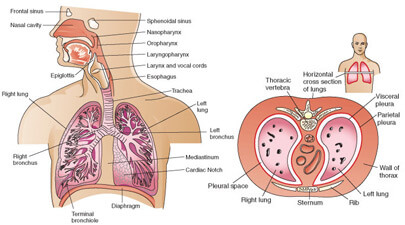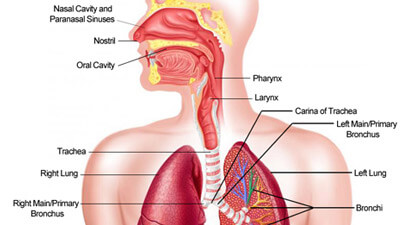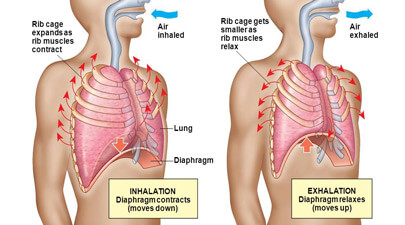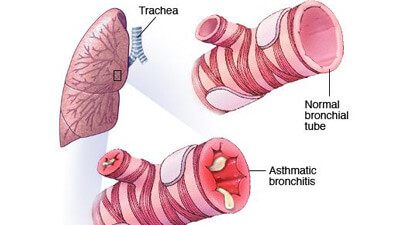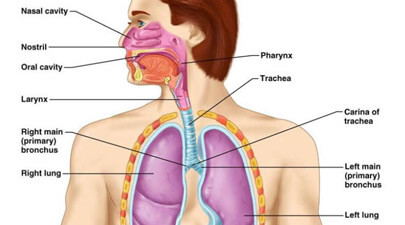Human Respiratory System

According to biologists, Human Respiratory system is not simply the system of gaseous exchange; it encompasses a lot more, like transport of oxygen through blood, energy production by ETC (Electron Transport Chain) mechanism, and so on. It consists of the whole cycle of the intake, transfer, utilization and release or exhalation of respiratory gases.
Owing to rising levels of global air pollution, a number of severe respiratory diseases have evolved. To cope with such fatal maladies, you need to have a comprehensive understanding of the subject.
For this purpose, a detailed description of parts, functions, diseases and other related topics on “What is human respiratory system?” is given in the respective sections.
Different parts, like lungs, respiratory tract, pulmonary blood circulation, and accessory body organs of the respiratory system work with coordination to carry out a number of functions like a gaseous exchange, metabolism, cooling effect, and vocalization. The mechanism of its execution is involuntary with perfect check and balance on any of the processes to be undertaken. Respiration works at external as well as internal level and, at cellular stage, is further divided into aerobic and anaerobic types.
Informative Articles About "Human Respiratory System"
How Does Respiratory System Work
Respiration is one of the most important processes which take place in an organism’s body in order to sustain life. Various organs combine together to form the respiratory system which in turn helps organisms...
Respiratory System Parts
Major organs of this system are grouped into ...
Respiratory System Functions
You can survive without food and even water for many hours but life ...
Respiratory System Diseases
Dozens of diseases of human respiratory system have been...
Respiratory System Structure
One of the most important systems in the bodies of males and females...


